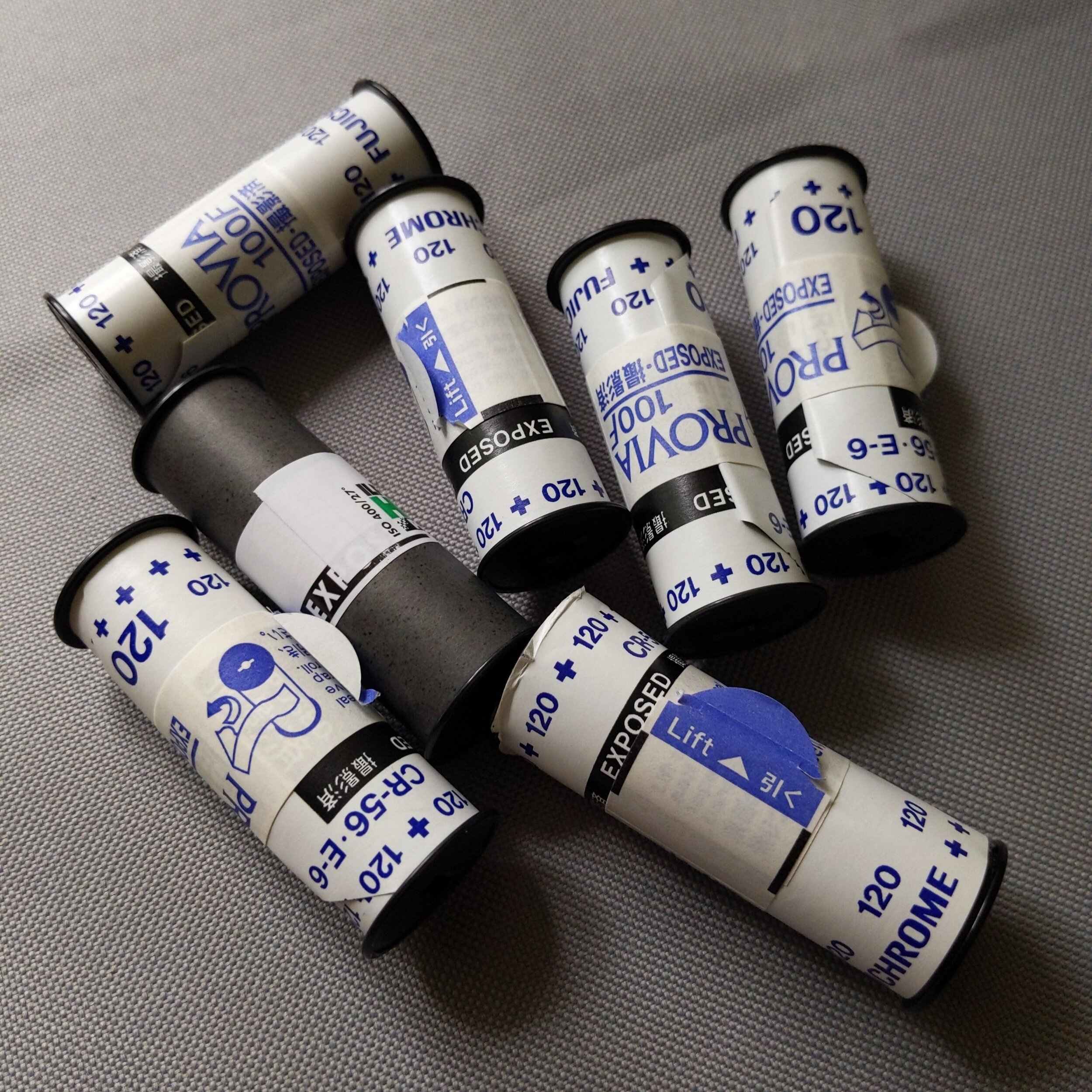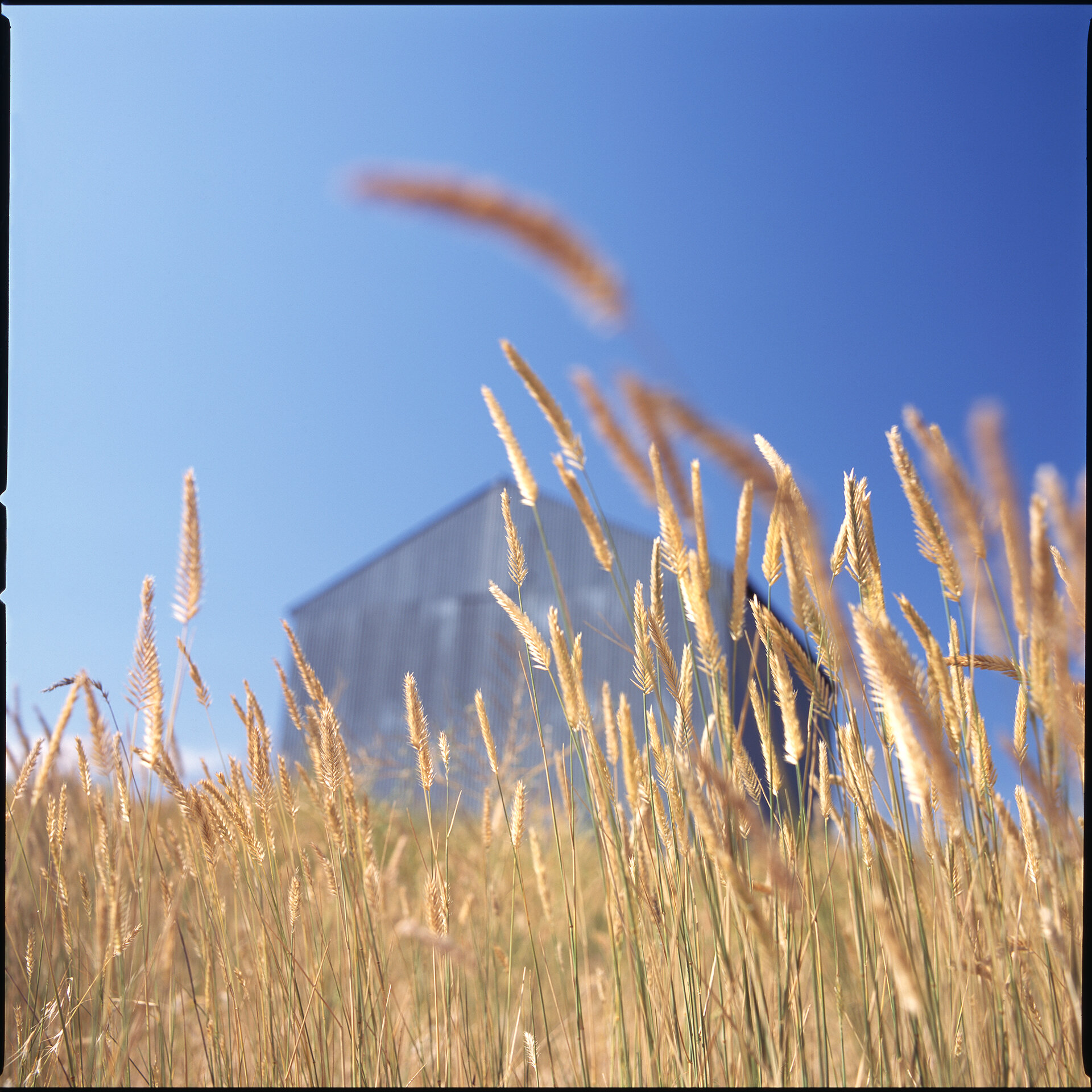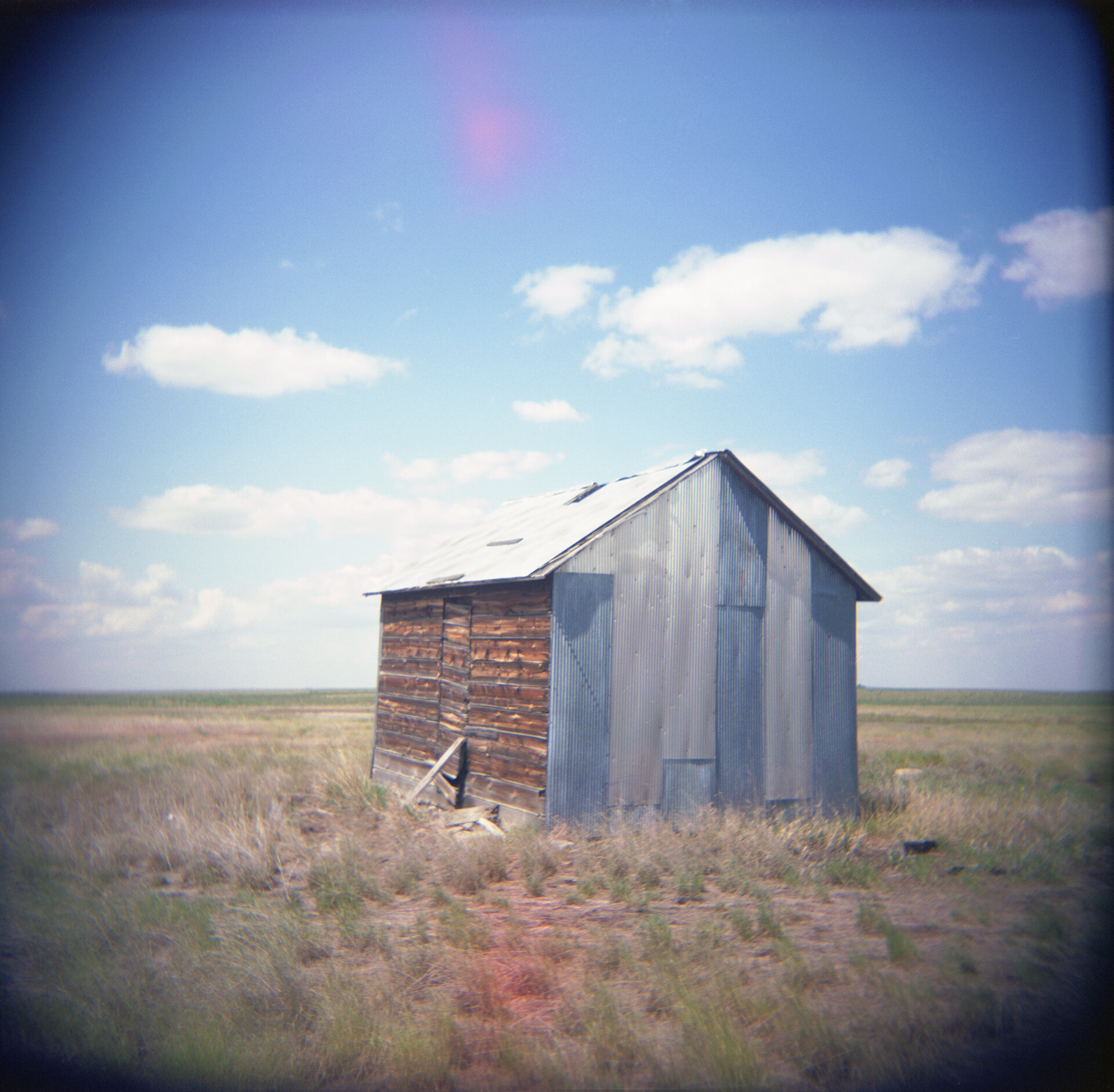I’m participating in Chase The Light, a fun summer photographic extravaganza and fundraiser for my local non-profit, PCNW (Photographic Center Northwest). It’s where I go to print my images, and my local community of photographers. I became a member after I left college, and didn’t have access to darkrooms, or a digital lab. Without owning my own printer (a story for another time), I didn’t know where else to go to create work. They’re an invaluable resource, so I’m excited to participate in their 48-hour shooting event, followed by a print exhibit/sale next weekend. Part of what makes me giddy is to be involved in an event like this with several hundred other photographers. Within a short time-frame, what potential images could I make? How will I stack up against the other participants? I can’t wait to see what images everyone else makes, and have them see my work.
What is so attractive about this event is the lack of limitations, it’s fun and very freeing! Any image, any process goes! I don’t have to shoot a particular style, or type of film, or have it fit into “a body of work” where an overall cohesive aesthetic, look and feel, is necessary to display different images together. This is to produce a single image. With that in mind, I took off for Eastern Washington, my favorite location to shoot, armed with 2 cameras and several types of film. My bread and butter: my Hasselblad 500 c/m medium-format film camera, and a Holga, a plastic toy-camera that you can buy new for $60.
Saturday’s bumper crop of exposed film, from 1 day of shooting.
I simply drove, keeping an eagle eye out for any interesting scenes, both landscapes and details. I shot things I thought were interesting, but would never normally shoot, and continually changed my lens to get different focal lengths. I shot different angles on different cameras, interested to see which would vie for top spot. At the end of the day, 16 1/2 hours driving and 665 miles later, I had 7 rolls of film to show for it.
I’ll be dropping film off at the lab to be processed, so won’t have results for a bit, but I’ll show some examples of what I mean by mixing cameras and using different approaches (ie, images that are not consistent with each other). So why is this so important? It’s easy to get caught up in a certain routine. My motto is if it ain’t broke, don’t fix it. So I stick with the tried and true, like. for. ever. This play is about producing a stellar image. It’s all happenstance. I shoot what I see, and since I’m driving down random roads, and “getting lost” I don’t know what I’ll find, what I’ll shoot, or how it will come out. I tried a few fun, new things. I might even get results that I’m wild about, or it could be a complete bust. That’s not that important. This pushing into new territory is what I need to keep my photography fresh, to try new things, and to maybe find something unusual that might launch my work into a new direction. Sticking to one thing always and forever can be stagnating, even if done well. So get out there, play, and try new things.
LEFT: Image taken with my Hasselblad film camera. Images are crisp, focused how I choose (in this case a very shallow depth of field). I’ve included the film border to show the complete image. No vignetting here!
RIGHT: An image taken with a Holga toy camera - it has a plastic lens, creates “soft” images with a natural vignette, and often has light leaks (the streaks of pink), even after taping up the inside because it’s cheaply produced with low quality.
If you’d like to see some of the results in the coming weeks, please check out my Instagram feed where I post current work, even if it doesn’t make the cut to my website. Find me at @tazarat.


